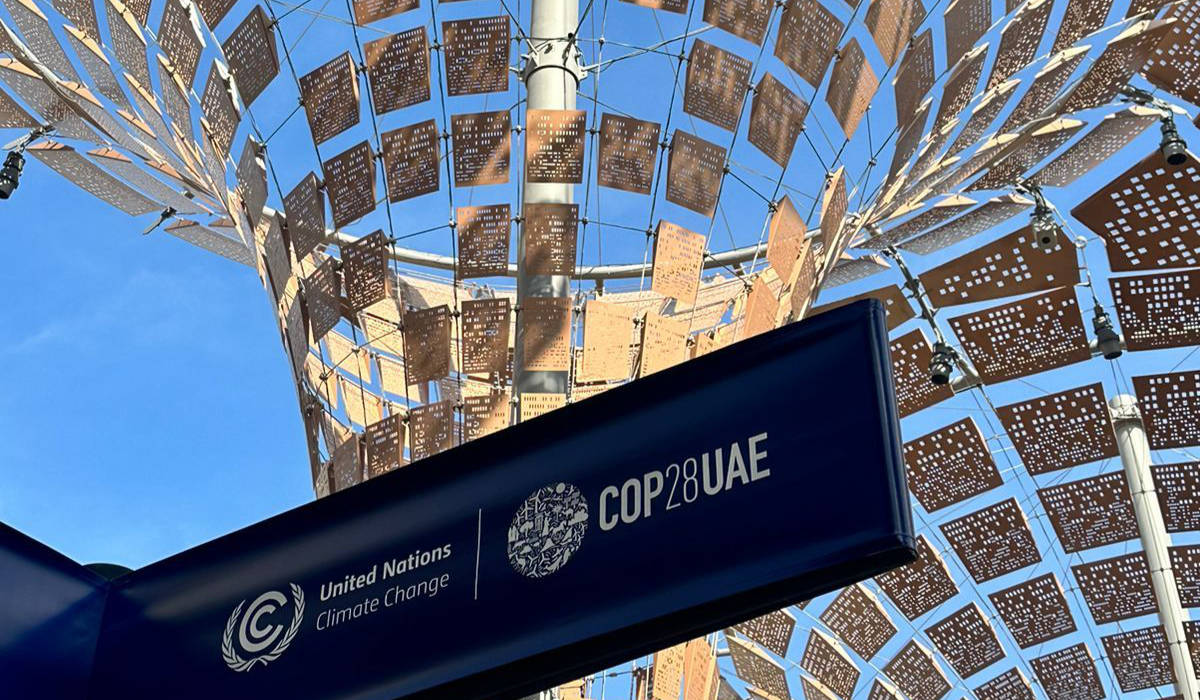Loss and damage has been one of the hottest discussion points at COP26, with wealthy and vulnerable countries still split on how it needed to be addressed. At the heart of the split is money and how financing will flow to countries most vulnerable to climate change.
Talks have stretched late into the night to determine what wealthy nations should pay developing countries for the damage they would suffer as a result of climate change.
On Wednesday vulnerable countries at the COP26 climate talks called for stronger commitments on loss and damage finance in response to a draft deal. Both the host country and UN officials were optimistic that draft texts dedicated an “unprecedented” section to loss and damage, but vulnerable nations said it wasn’t enough.
A day later non-governmental organisations delivered a unanimous plea that finance for loss and damage needed to be a legacy of COP26, driven by a multilateral process based on global solidarity and leadership.
Developed countries, the organisation said, must uphold their promise of finance and support to the small states that are at risk of losing so much.
Catherine Pettengell, Climate Action Network UK director, said the talks had to deliver on finance for loss and damage now.
“For too long the most urgent and devastating consequences of climate change have fallen disproportionately on those least responsible for causing climate change.”
For Aïssatou Diouf, climate change advocacy officer for Enda Energie in Senegal, it was disappointing that the conference’s draft text was still lacking finance for loss and damage.
“Loss and damage must be a priority,” said Pelenise Alofa, national coordinator for the Kiribati Climate Action Network. “Not just discussions but concrete, binding commitments that go beyond technical reports and websites and actually help rebuild lives and livelihoods.”
Tina Stege, a Marshall Islands representative, said the summit deal needed to include stronger action to mitigate the loss and damage climate change would cause.
She said that “loss and damage is too central for us to settle for workshops. We must strengthen action on loss and damage”.
The frustration at the perceived lack of movement on loss and damage is understandable.
At COP25 in Madrid in 2019 a framework called the Santiago Network on Loss and Damage was established. It promised to provide action and support for vulnerable developing countries, but critics say the Santiago Network was established in name only. Before COP26 it didn’t even have any staff or funding.
Many critics said the network was just a way to placate parties calling for loss and damage compensation, and that COP25 didn’t actually achieve anything in that space.
The World Wildlife Fund, in its briefing document before the talks, called for the Santiago Network to become fully operational.
Even more important for loss and damage activists is a commitment to funding. They want to see wealthy countries contribute to a designated pool of funds that vulnerable communities can use if a climate disaster strikes.
As the conference entered its last hours, it was still unclear whether it would deliver a final resolution on the issue.
Read part one here.



